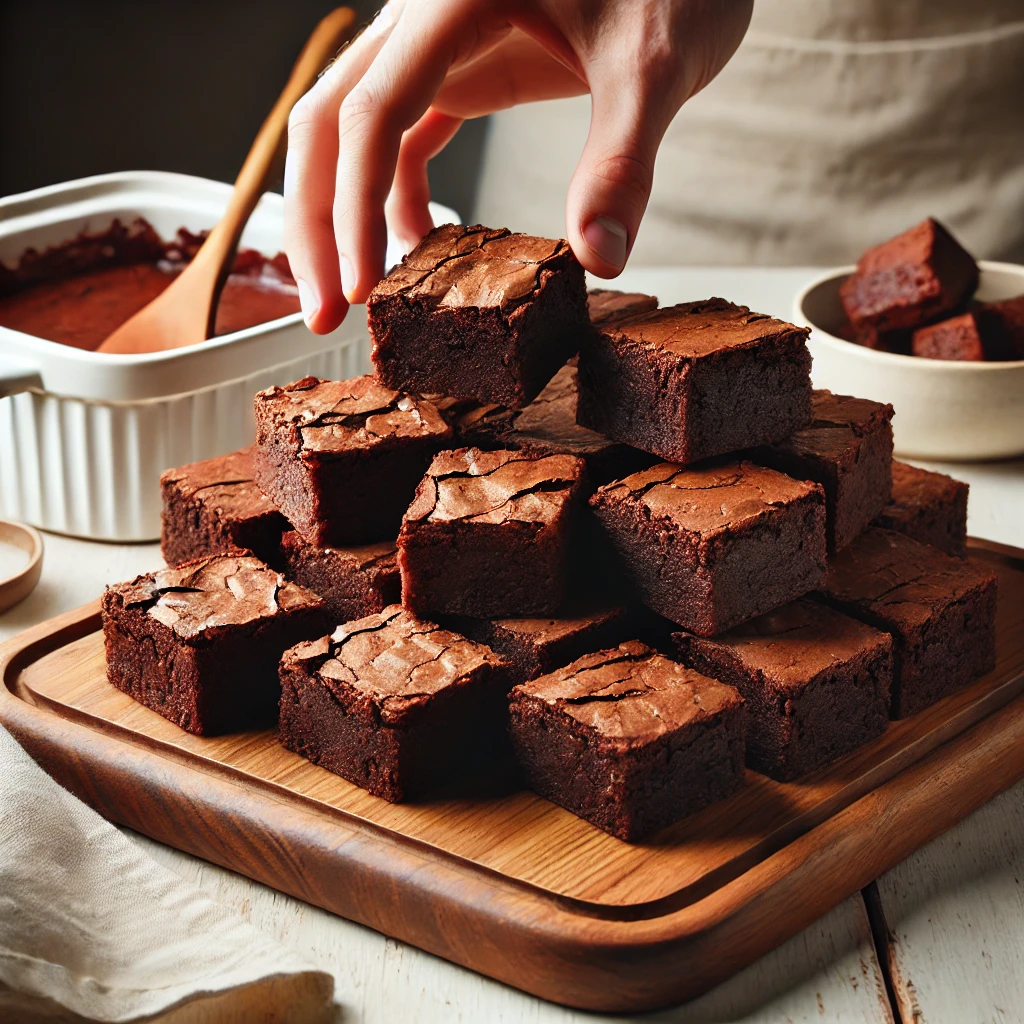Published November 2024
Estimated Reading Time: 4 Minutes
Baked goods hold a special place in our hearts and kitchens, and there’s no reason to label them as “off-limits” in a balanced diet. By making a few strategic swaps and additions, you can bake “healthier” versions of your favorite treats without compromising on taste. Here are some of my tried-and-tested baking hacks to help you strike a balance between indulgence and nutrition.
1. Substitute with Pureed Pumpkin
Pureed pumpkin is a wonderful alternative to butter or oil in baking. Its natural sweetness and moisture make it perfect for quick breads, muffins, and even cookies. You can substitute it in a 1:1 ratio with fat; for example, if a recipe calls for 1 cup of oil, use 1 cup of pumpkin puree instead. Alternatively, you can mix half butter and half pumpkin puree to retain some of the flavor and texture provided by butter while reducing saturated fat.
Benefits of Pumpkin Puree:
- Adds moisture and a hint of sweetness.
- Rich in vitamins A, potassium, and fiber.
Pro Tip: Use pure pumpkin puree, not pumpkin pie filling, which contains added sugars and spices.
2. Embrace Good Quality Butter
While there are great fat substitutes, eliminating butter entirely isn’t necessary. Butter provides fat, which supports important bodily functions like vitamin absorption, hormone production, and satiety. For baking, consider using good-quality butter, such as grass-fed butter, which contains less saturated fat and more monounsaturated fats compared to grain-fed varieties.
Why Quality Matters:
- Good butter enhances flavor and texture.
- Helps make baked goods more satisfying, reducing overconsumption.
Pro Tip: Opt for grass-fed butter for a richer nutrient profile.
3. Add Fruits and Vegetables
Incorporating fruits and veggies into baked goods is one of the easiest ways to boost their nutrient content and enhance flavor and texture. Grated carrots or zucchini add fiber and moisture to quick breads and muffins, while antioxidant-packed fruits like blueberries, apples, and bananas can reduce the need for additional sugar.
Ideas for Adding Fruits and Veggies:
- Use grated carrots or beets for added sweetness and moisture.
- Fold in blueberries, apples, or bananas for natural sweetness.
Pro Tip: Vegetables like carrots, beets, and zucchini can also reduce the amount of sugar required in a recipe.
4. Mindful Use of Sugar
Sugar is a key component of baking, providing sweetness and structure. While excessive sugar intake can be unhealthy, eliminating it entirely isn’t the solution. Instead, focus on moderation and balance. Replace some sugar with naturally sweet fruits or vegetables, or use alternatives like honey and maple syrup if you prefer. Remember, sugar (in all forms) is processed similarly by the body.
Tips for Reducing Sugar:
- Use fruit purees to add natural sweetness.
- Opt for alternatives like honey, maple syrup, or coconut sugar.
Pro Tip: Enjoy baked goods within a varied, plant-forward diet for balance and moderation.
The Bottom Line
When “healthifying” baked goods, focus on what you can add rather than eliminate. Nutrient-dense ingredients like fruits, vegetables, and good-quality butter can enhance baked goods without compromising flavor. Experiment with different ingredients to create delicious treats that align with your health goals—because baked goods should always taste satisfying and bring you joy!
Explore more baking tips and recipes on slyacademy.com for healthier and tastier treats that everyone will love!







